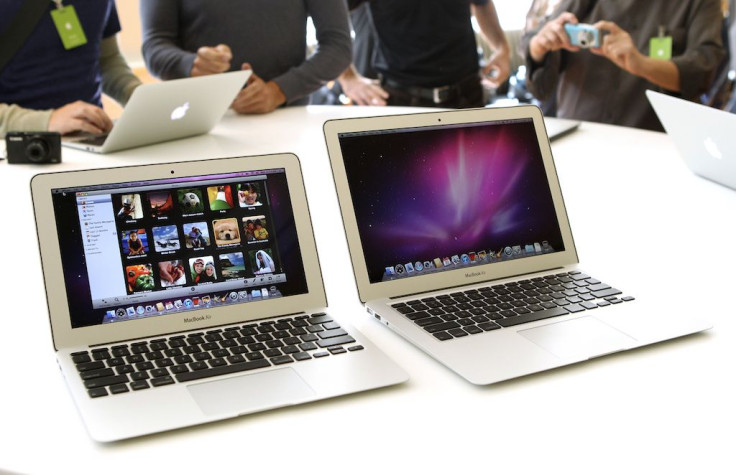Luna Display Launches Feature That Uses Macs As Secondary Mac Displays

Luna Display, the company that first turned iPads into secondary displays for the Mac, iMac, MacBook and MacBook Pro, has launched a new feature that repurposes old Macs and turns them into secondary displays as well.
Luna Display, maker of the accessory that turned iPads into secondary Mac displays before Apple released its own version of the function called “Sidecar,” has taken a big step forward to add a feature that turns Macs into secondary displays as well.
“Our all-new Mac-to-Mac Mode a llows you to use any Mac as a second display,” Luna Display said in a blog. “ Finally, you can give purpose to your old Macs lying around! No need to have any idle devices. ”
The new Luna Display 4.0 feature, called “Mac-to-Mac” mode, allows users to use older Mac models as displays for their Macs. The company boasts that there are many possible combinations that users can take advantage of.
With the Mac-to-Mac mode, users can use their old iMac as a secondary display for their newer and beefier MacBook Pro. They can also extend their MacBook's screen using an old MacBook from years ago. The new feature also allows users to use their MacBook as a screen for their Mac Mini.
Requirements
Luna Display 4.0's Mac-to-Mac feature doesn't require much. Primary Macs, or the main “host” Mac from which all programs will be projected, only need to run on macOS 10.11 El Capitan or later. Macs capable of running on this macOS version can be used as Primary Macs.
Secondary Macs, on the other hand, can be older than the Primary Macs. As extended displays, secondary (or receiving) Macs only need to run on macOS 10.8 Mountain Lion or later. This means Macs from almost a decade ago can be used as additional screen space with Luna Display.
Mac-to-Mac Mode's requirements put it at an advantage against Sidecar, which requires newer iPad and Mac models running on Catalina.
Of course, those who want to take advantage of this functionality need the little red colored Luna Display device and a reliable internet connection. Macs must be connected to the internet, whether wirelessly or using a tethered connection, in order for the function to work.
Aside from adding screen space, Mac-to-Mac Mode also brings support for the mouse, trackpad and keyboard on both computers. Those who are interested to know more and eventually use the new feature are advised to head to Luna Display for more details.
© Copyright IBTimes 2024. All rights reserved.











